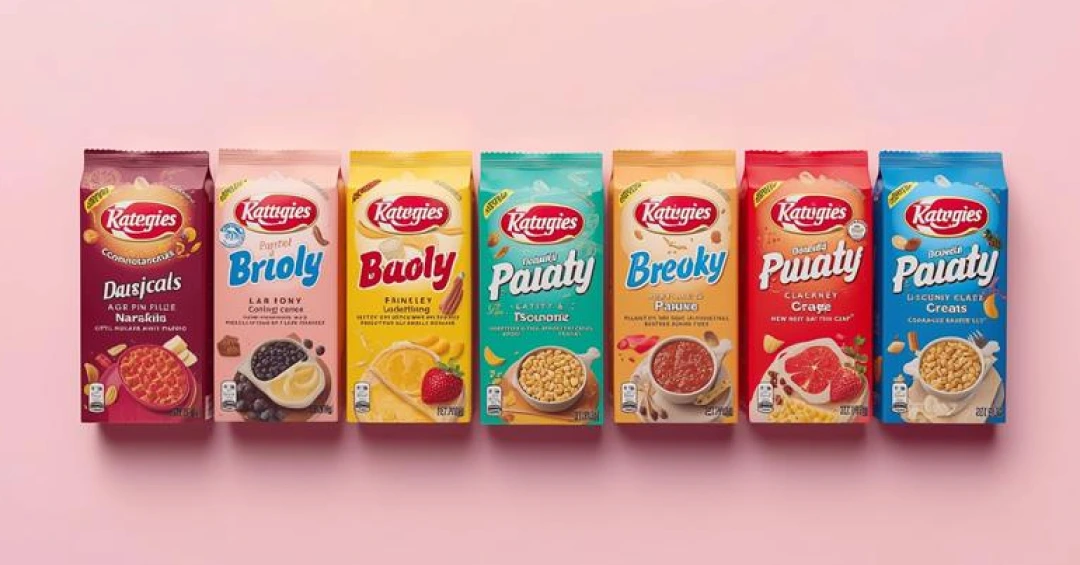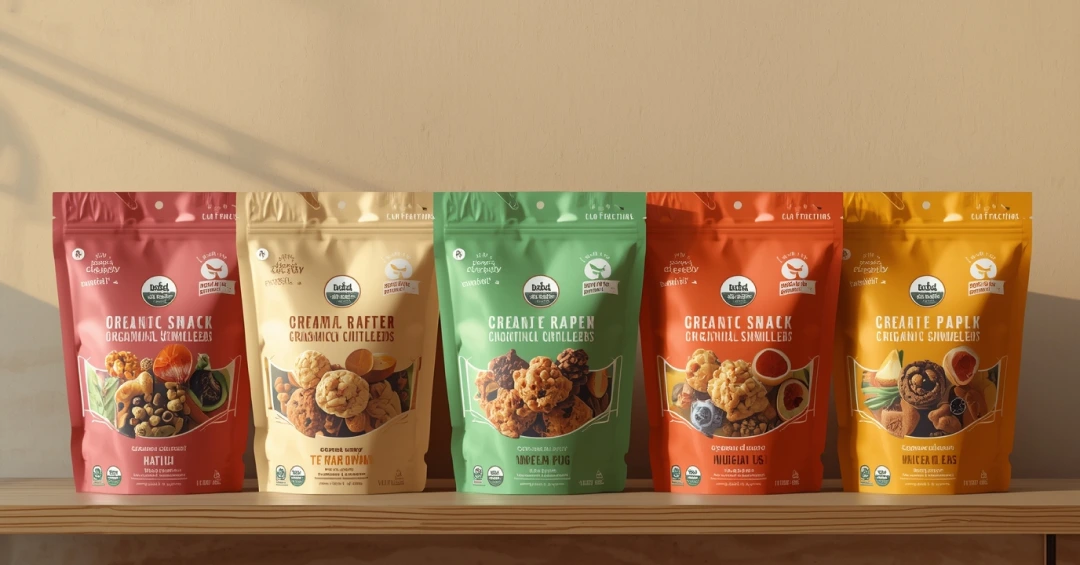As regulatory bodies get increasingly stricter with their requirements, manual approaches to artwork compliance management are not feasible. Error-prone and time-consuming, they limit brands’ ability to ensure and maintain compliance while being a major driver of product recalls.
Leveraging the power of artificial intelligence is a great way to drive packaging artwork compliance. Not only does AI ensure consistency in artwork proofing but it also drives scalability across languages and regions. By automatically checking packaging artwork against pre-defined requirements, AI helps brands ensure accuracy and correctness of packaging content – reducing recalls.
Read to uncover the top reasons and impact of product recalls and how AI fills the compliance gap.
Top Causes of Product Recalls
Product recalls are a nightmare for most brands operating in the pharma and CPG industries. In addition to being costly, they impact brand and customer reputation. That said, let’s look at the top causes of product recalls:
- Labelling errors: Labelling errors dominated 2024 US food recalls, accounting for 45% of all recalls and costing the industry over $1.92 billion. While wrong text or missing information are leading causes of labelling errors.
- Regulatory non-compliance: Non-compliance with necessary local and global regulations is just as rampant in the food and pharma industry.
- Incorrect claims: Many brands experience costly recalls because of incorrect claims on their artwork packaging: from healthy or no-sugar statements to low-sodium and high-fiber mentions.
- Missing ingredient/allergen list: Not mentioning all the ingredients or an allergen list also costs brands dearly. Since these errors can put human health at risk, brands are subject to heavy fines and legal proceedings.
Impact of Recalls on Brand
- Customer mistrust: Imagine a loved product that is suddenly not available in the market due to a recall. Product recalls impact customer loyalty and satisfaction to a great degree and can lead to skepticism and mistrust.
- Weakened competitive position: In a fiercely competitive market, brand recalls can result in a weakened competitive position. With brands competing for larger market and customer share, devoting additional time and money on the recall process takes away focus from strategic priorities.
- Impact on brand reputation: Brands that are forced to recall products also often see an impact on their reputation. It becomes difficult to build that trust again with customers and investors.
- Non-compliance fees/legal actions: Product recalls attract heavy non-compliance fees and legal actions that can divert critical investments away from research or new product development.
- Loss of market share: Any brand that experiences recall stands a risk of losing crucial market share. Since recalls indicate safety or quality issues, consumers may begin to think twice about their loyalty toward that product and choose competitor products instead – diminishing market share.
AI for Artwork Compliance – Key Capabilities
Artwork compliance management has largely been a manual activity, with humans proofing copies to check color, layers, and fonts. However, as regulatory requirements surge, validating content against new and evolving requirements needs an artificial intelligence boost.
AI tools can compare two artworks to spot differences or even against pre-defined regulations. It can eliminate manual checks, identify which text should be in the ingredient or usage directions panel, and flag mistakes such as spelling mistakes, wrong font size, and language errors.
Let’s look at the key capabilities of AI for artwork compliance:
- Automated proofing and compliance checks: AI allows CPG and pharma companies to automate proofing and compliance checks and ensure adherence to necessary FDA rules. Brands can simply upload artwork copies into an AI-based system, which will then automatically check and compare content such as ingredients, net weight, logos, and other text.
- Scalability across regional and global rules: As brands extend their market reach into new regions and geographies, manually keeping a tab of rules gets complicated. With AI, brands and scale artwork compliance checks in different languages and pertaining to different local regulations. It can verify compliance based on country, type or product, and type of regulations and conduct a variety of checks with high consistency and repeatability.
- Content segmentation and categorization: Artificial intelligence helps segment and categorize content on packaging artwork. For instance, it can capture text from the nutritional panel and verify it with necessary regulations. Similarly, it can compare text from the principal display panel with benchmarks and validate claims to ensure accuracy and correctness.
- Consistent and continuous compliance management: Artificial intelligence ensures consistent and continuous packaging artwork compliance management. Since it constantly checks artwork copies for compliance, brands can rectify mistakes before artwork is printed. Such early and continuous checking prevents costly errors while minimizing delays.
- Learn with time: Since AI models learn with time, they get better at detecting errors or gaps and strengthening compliance. They can conduct additional checks based on new rules and requirements and improve first-time-right rates for pharma and CPG companies. By evolving proofing capabilities, it can help brands better comply with new regulations.
Using AI With Care
As organizations leverage AI for packaging artwork compliance, they must also ensure ethical usage. Although AI can identify and assess packaging content accuracy and correctness, it lacks the ability to evaluate the subtleties that define a brand. Similarly, with regulatory changes happening so quickly, tools might not be able to keep up with the pace.
Human oversight is extremely important to overcome AI tool challenges, especially where cultural, contextual, or strategic insights are required. Combining AI innovations with human expertise is the only way to successful compliance management.





.webp)
















